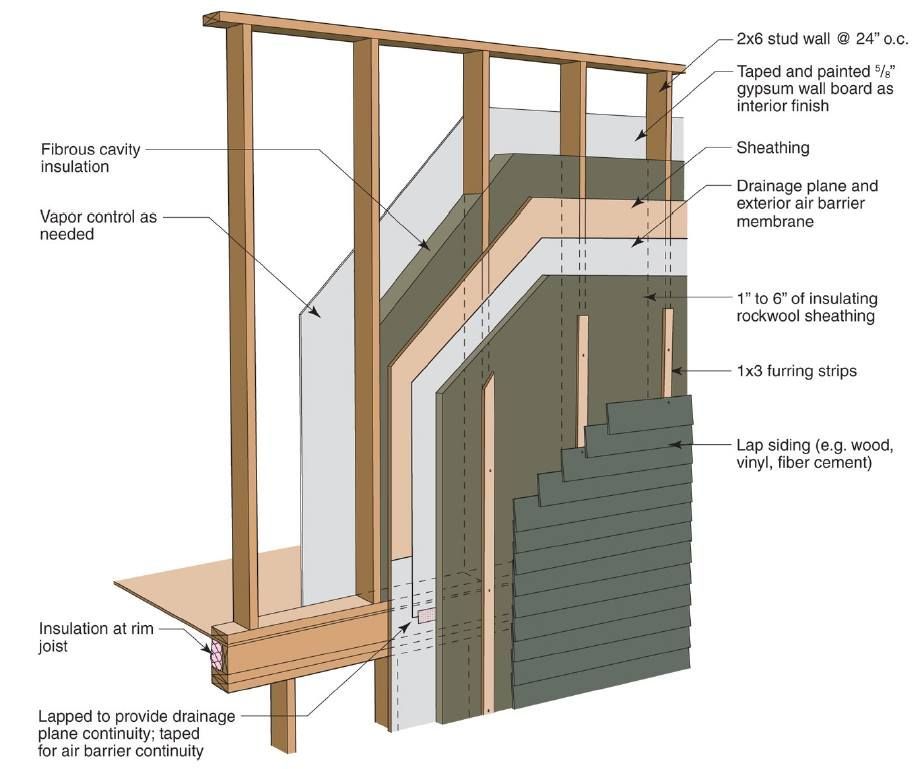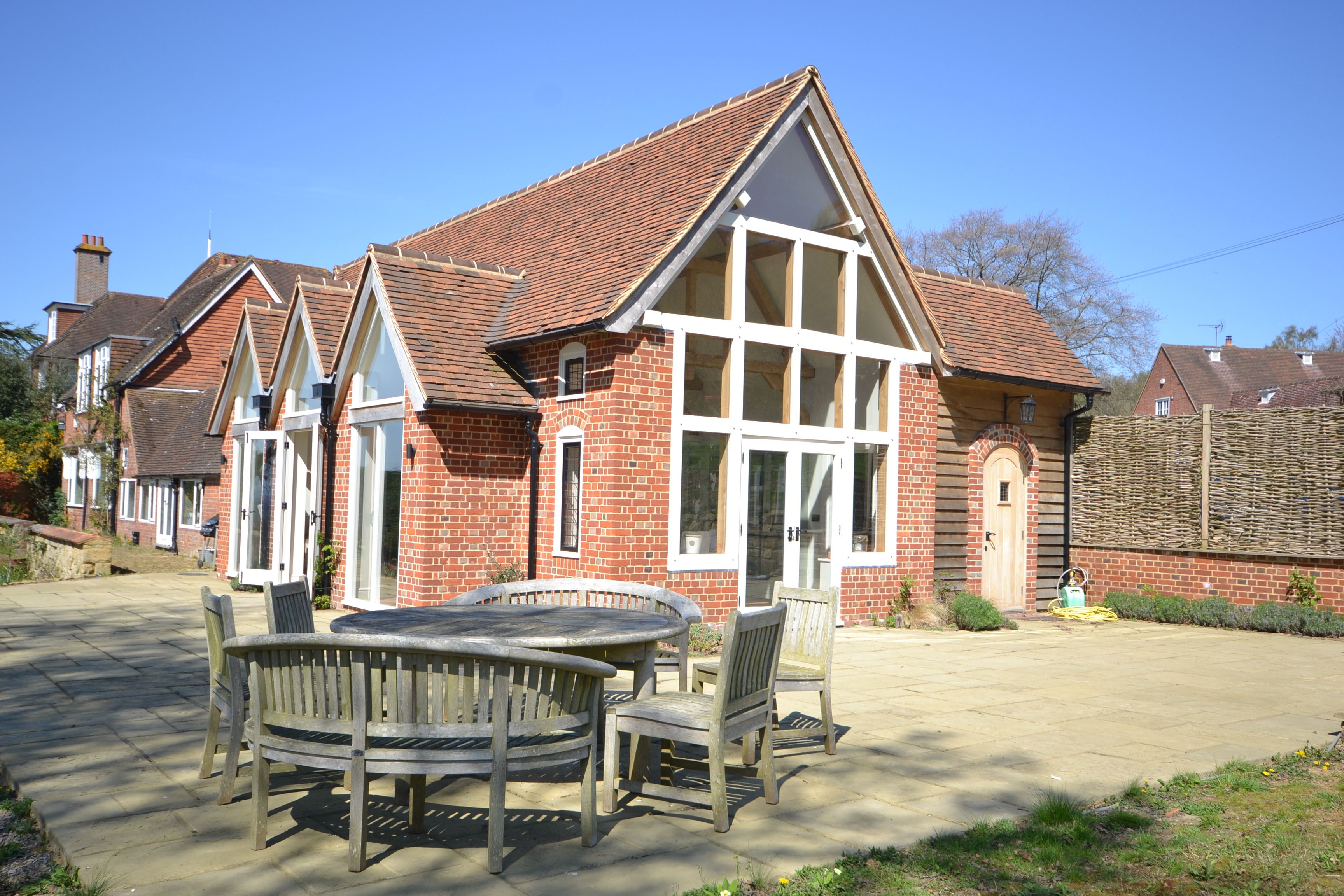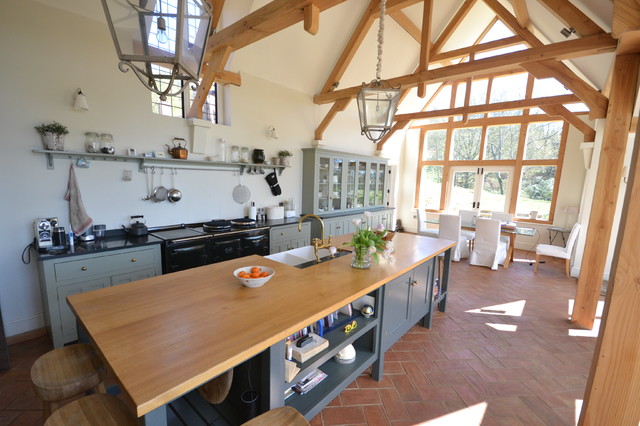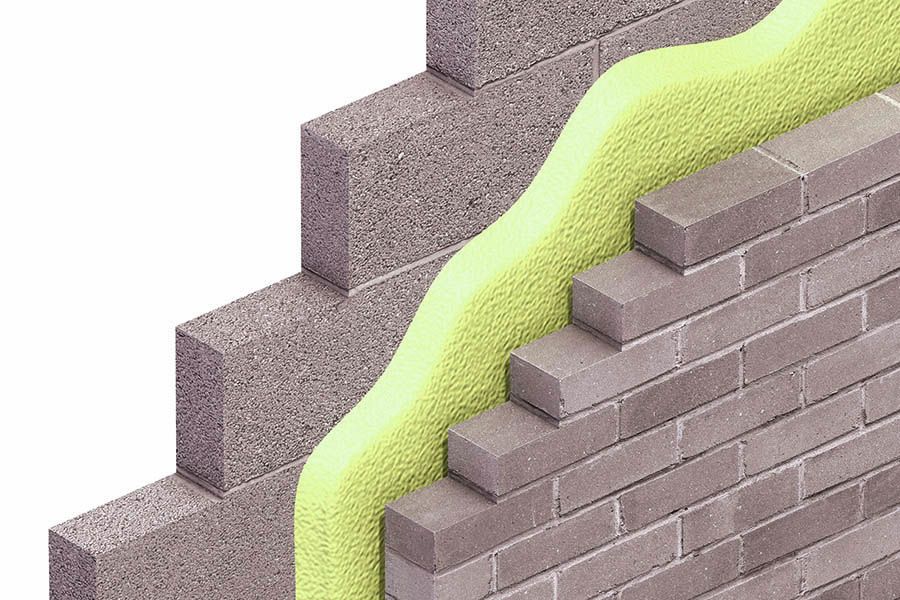It’s a common cliche in Hollywood movies: when the main character, usually a man, finds himself in an unbalanced emotional state or has just received devastating news, his first reaction is to punch a wall. Immediately, a hole appears, through which we can see the apartment next door. This never happens in European filmography, if you try it, most likely you will break your hand. In a very interesting discussion in Quora people are asking: “Why are walls in the US and the UK empty in between?”. The answers come from inhabitants of both countries, clearing the air on the subject.
It’s not true that ALL walls are hollow like you suggest – but all walls which are not load bearing often are. There’s no point using expensive concrete solid walls if they are not supporting any weight – most exterior walls are concrete though, whereas most interior walls are just wood frames with gypsum board – Simon Hunt, USA
In the USA most houses are made of wood. It’s cheap and easily available due to the frequency of pine forests in the country. About a century ago, some bright carpenters realized that the partition walls they were putting inside heavily structured houses, were capable of forming a construction system by themselves – that’s how the timber-framed houses began. Along with the Industrial Revolution, which sped up the production of building materials in large amounts, and the American tradition of do-it-yourself, this style of construction started to popularize.
The method is pretty simple: after the foundations are laid (usually masonry or poured concrete), a wooden frame is created from framing timbers, giving the basic shape of the house. The outside walls are then covered with a layer of plywood, another layer of waterproof and breathable material creating fibrous cavity insulation, and finally finished with the final facade made from various materials such as stone, bricks, or concrete.
The basic idea in modern light-frame construction is to first lay a foundation (this is typically masonry, either poured concrete or cinder blocks depending on the region), then build a wooden frame for the house from framing timbers (mostly 2″ x4″ cross-section timbers called “two-by-fours”, though various dimensions are used in different places in the frame), then “sheath” the outside of the home with plywood or OSB, seal the wood against the weather with a layer of breathable but waterproof material, and “finish” with an exterior layer of various materials for weather-resistance and aesthetic appeal (asphalt shingle or aluminum panels for the roof, and wood, fiberglass or plastic “siding” with brick or stone features or accents for the walls). On the inside of the house, walls are finished by screwing or nailing gypsum-based “sheetrock” to the framing timbers of the walls, then placing a paper tape over the seams, smoothing the surface of the wall with plaster, then applying a textured finish to hide imperfections, and painting the desired color. – Keith Shannon
On the inside, the lighter walls are built from the commonly know drywall or plasterboard – this is plaster in between two layers of heavy cardboard nailed up onto the wooden frame. Then the surface is smoothed to be prepared for the final layer of color paint or wallpaper.
In the UK, the layered method for the exterior walls is also used but not with wood as basic material. Britain is a cold and wet country, so there is a huge need for well-structured insulation. This is why cavity insulation walls are most common there. They consist of two parallel layers of built walls with space in between. Commonly, the inner one will be cheap concrete blocks often referred to as “breeze blocks” while the outer layer is more attractive brickwork. Internal walls are constructed the same way as in the US, with plasterboards nailed on both sides.
In the UK, walls usually come in two parallel layers with a space between. The objective is to achieve both insulation and resistance to humidity. Commonly, the inner one will be cheap concrete blocks often referred to as “breeze blocks” while the outer layer is more attractive brickwork. – Alec Cawley, UK
The advantages of frame-and-drywall construction over an all-masonry approach are many. Wood, as previously mentioned is a cheap and easily used material, and it’s much lighter than masonry. This facilitates a lot of the construction processes as it reduces time and effort and produces quick results. Unlike heavy timber or brick masonry, wood framing does not require a special set of skills acquired after years of practice. Wood is also more resistant to earthquakes. It is flexible and it stretches, causing less damage to the construction and fewer accidents to the inhabitants during an earthquake. Probably, the plasterboards will have to be replaced but the main cell usually stays solid.
In addition, the drywall is fabricated mainly from plaster, it doesn’t stretch or shrink with differences in temperature and humidity and it has a high capacity of suppressing sound. It can easily be nailed or screwed and quickly fixed when damaged. A wooden house is usually easier to maintain, while brick walls need to be well taken care of to avoid damage. The difference in material costs during repair compared to masonry is considerable. The do-it-yourself philosophy finds practice here as homeowners do routine house fixing things by themselves.
Wood-framed houses are generally easier to maintain and add to. Because of this built-in space between walls, if you know the structure of the wood frame behind the wall, you can easily add new electrical outlets, reroute pluming etc by simply removing or cutting out the drywall in strategic places, running the new line into the wall, then patching or replacing the drywall. Whether the homeowner contracts this out to someone else or does it themselves, it’s typically much cheaper, and the result is more aesthetically pleasing, than doing the same in masonry construction. – Keith Shannon
The most important benefit of timber-framed housing is exactly this space in between. Plumbing systems, electrical and telephone wires can easily be hidden in the gap between the plasterboards and thus avoid inelegant results considering the living space.
Light-frame construction has also its downsides but usually they are easily dealt with. Wood burns very quickly so the building code is strict on fire detection and prevention methods in order to minimize possible causes of the fire. In addition, wooden structures don’t react well to large amounts of water and they are also lightweight which makes them non-resistant to the wind. To deal with this disadvantage, an external concrete or brick wall is added to the construction, making the house safer against floods and hurricanes.
You can read more on timber-framed constructions on the original discussion in Quora





